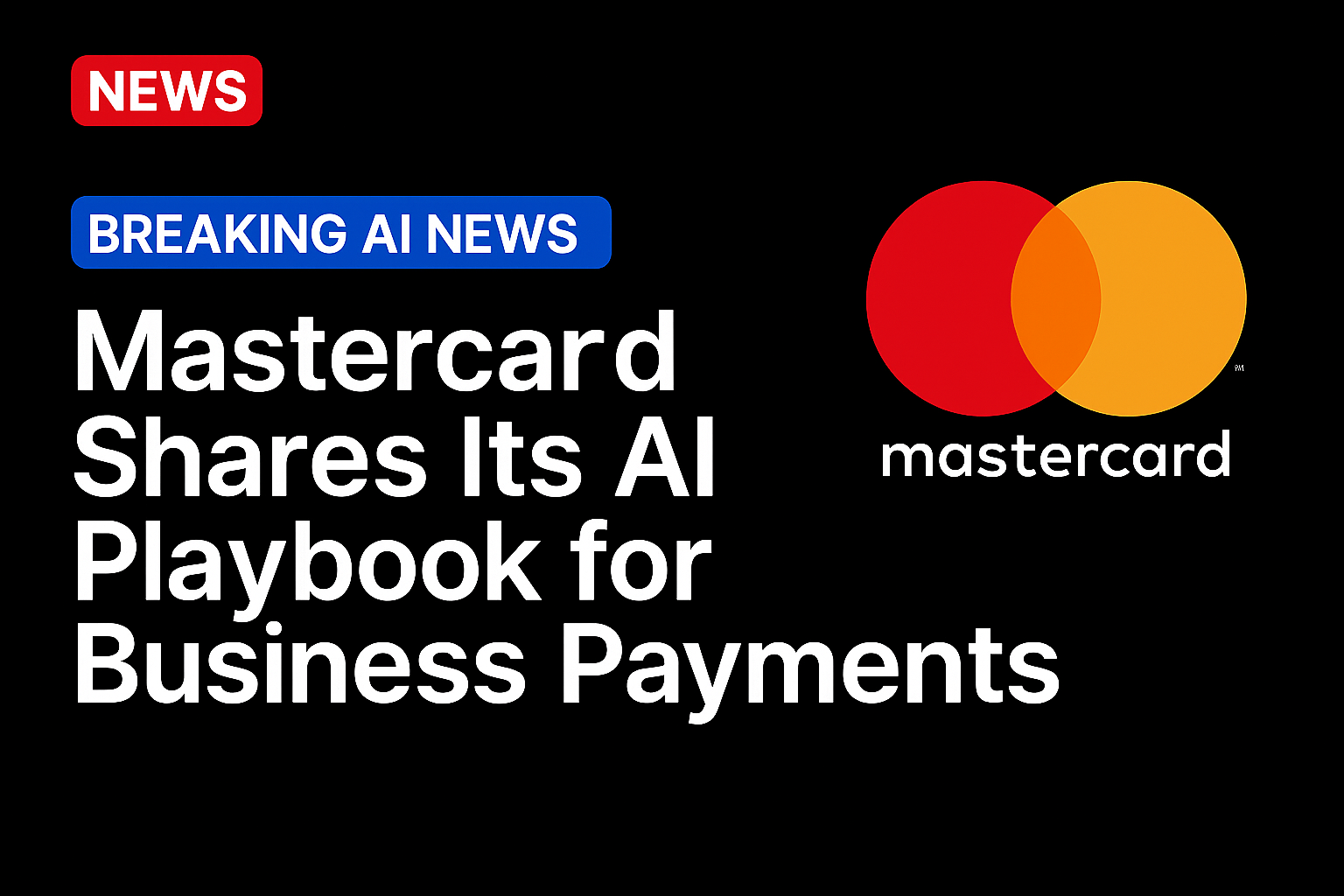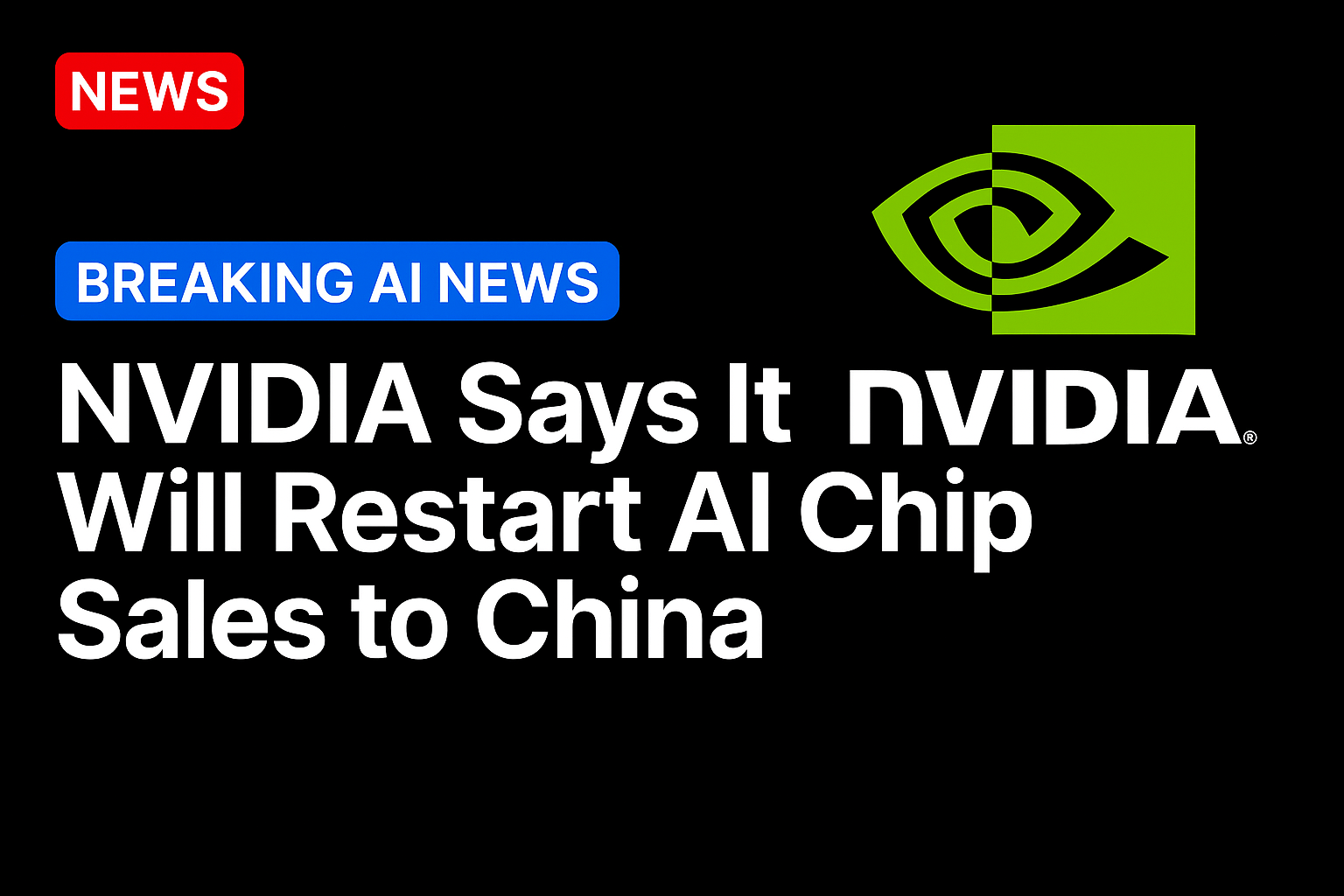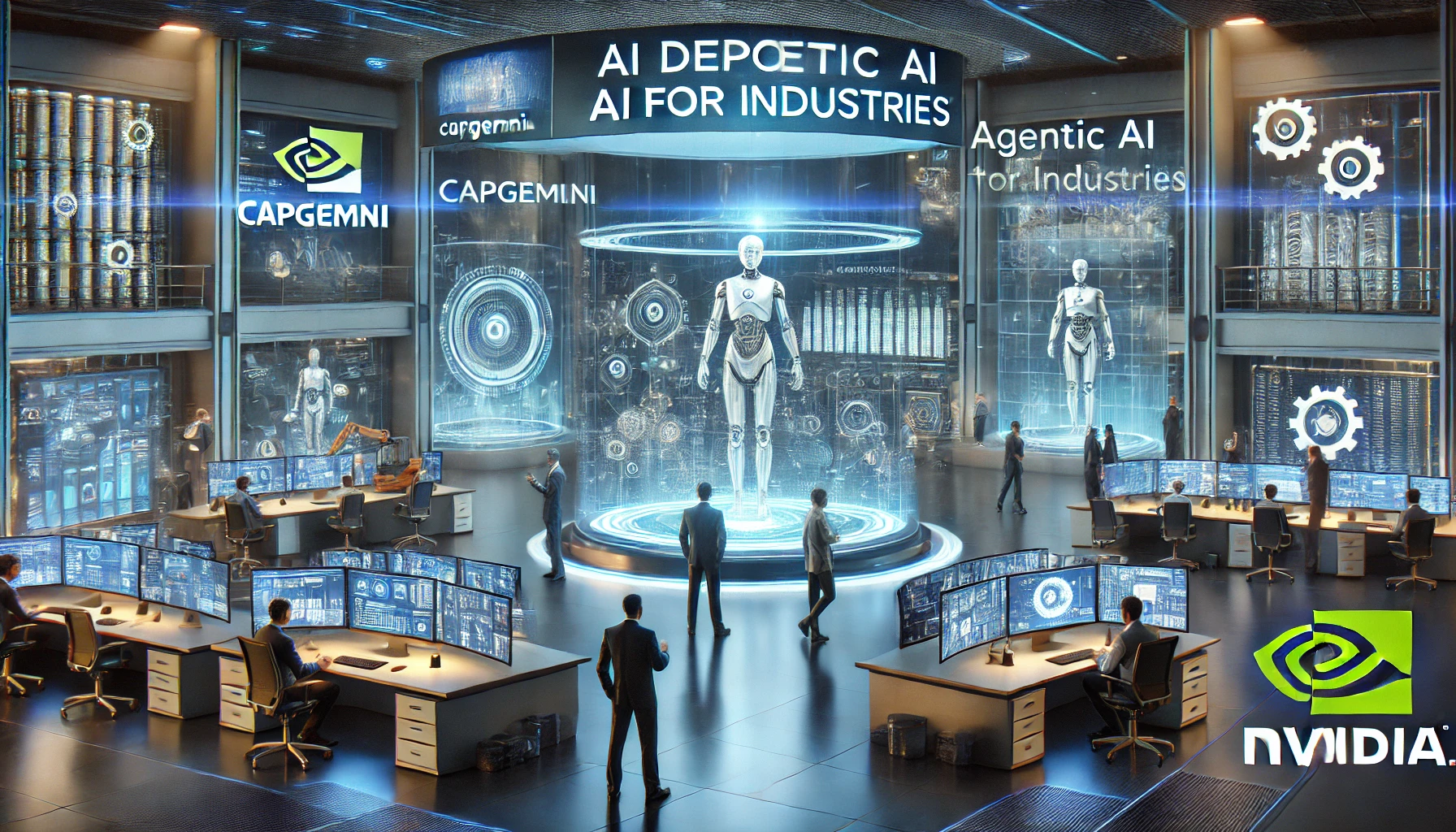For decades, the competitive advantage in corporate finance rested on scale and speed. Moving money faster, managing liquidity at greater volumes, and executing transactions at lower cost were the name of the game.
That equation is now shifting. As artificial intelligence moves from the back office to the core of decision-making, a new source of edge is emerging: AI’s ability to transform raw data into predictive insights.
“There’s a continuous evolution and … dynamic disruption in finance that requires CFOs to harness data and AI to make finance more efficient, more effective and substantially more strategic,” Raj Seshadri, chief commercial payments officer at Mastercard, told PYMNTS during a discussion for the B2B PYMNTS 2025 event, “B2B.AI: The Architecture of Intelligent Money Movement.”
For chief financial officers grappling with market uncertainty, rising interest rates and complex supply chains, AI is moving the finance team’s agenda beyond operational control to the orchestration of intelligence across ecosystems.
Where the traditional playbook was to report what happened last quarter, the emerging mandate is to predict what might happen next, and to act before competitors even recognize the shift.
Building the Foundations of Intelligent Finance
When asked what has kept Mastercard itself at the forefront of payments and technology, Seshadri answered: “At the core of it is innovation and staying dynamic. And when I think about innovation, there are essentially three key ingredients… One is people and collaboration. The second is the data. And the third is embracing technologies like AI.”
Advertisement: Scroll to Continue
Crucially, AI without data is a blunt tool.
“You can’t apply AI until you have really good-quality data at scale,” Seshadri said, noting that, over the years, Mastercard has taken its own vast tranches of data and “cleansed it, warehoused it, made it machine-readable, made sure the quality is there.”
“We want to make sure that whatever we put out there is fit for purpose, does what it’s intended to do, and doesn’t have unintended consequences,” she said.
The implications are profound. With machine learning models analyzing real-time payment flows across supplier networks, CFOs can move from static cash-flow management to dynamic liquidity allocation. Instead of waiting weeks for late-payment alerts, predictive algorithms can flag at-risk receivables days in advance, enabling proactive interventions.
“There’s a seismic shift happening, from legacy, traditional ways of doing things to things that are digital, data-driven and in real time. And in the process, there’s a lot of value to be created specifically in optimizing liquidity, working capital, end-to-end expenses, compliance, and risk management… And that’s where it really gets exciting,” said Seshadri.
AI as a Differentiator in B2B Payments
If the foundations of intelligent finance are data and trust, its differentiating power emerges in applications of it across payments.
“[At Mastercard, we’re] bringing consumer-like experiences into the B2B world — [so that in] our working lives payments are just as secure, just as easy to use, just as smart,” she added.
A clear example is fraud detection. Mastercard’s own Safety Net product, which embeds machine learning into the network, “has stopped about $50 billion in fraud losses for our partners over the last three years,” Seshadri said.
Mastercard’s Decision Intelligence, another AI-driven capability, provides a real-time score that travels with each transaction — helping partners both reduce fraud and minimize false declines. That matters not only for security but for user experience.
In cross-border payments, AI helps automate compliance and expense management — so that “as you make the expense, it’s automatically in compliance and reimbursed right away … in real time,” said Seshadri.
Forecasting, too, is being reinvented with the help of AI. “Historically, models were built backward looking, tested and then deployed,” she said. “What we’re increasingly seeing today is models that are created dynamically, that evolve, and that are optimized continuously…. [The model] is real time, with real time information flows across multiple sources of information, so the decision making becomes smarter and more dynamic.”
And, along those lines, if B2B payments are a proving ground for AI’s impact, the CFO’s office is becoming its command center.
“There’s more embedding of payments and finance into software platforms, into workflows. There’s more real-time data and more integration of data across different sources,” Seshadri said. “And there’s also a blending of traditional roles in the office of the CFO that used to be different and now require close collaboration.”
Prioritizing the First Moves
With that said, adoption of AI must be strategic. Seshadri said the most important step for CFOs adopting AI isn’t finding opportunities because they’re everywhere. The most important step is the first step, she said.
She described a finance function that’s blurring traditional boundaries between accounting, treasury, and strategic planning as data flows become more integrated and decision-making more dynamic. Forecasting models are now evolving in real time rather than being built and deployed in static cycles, and treasury functions are using AI to optimize payments, liquidity and working capital management. The strategic challenge, she said, lies in prioritizing the right starting point to ensure meaningful returns rather than spreading efforts too thin.
Source: https://www.pymnts.com/




